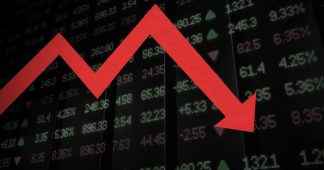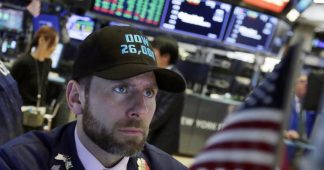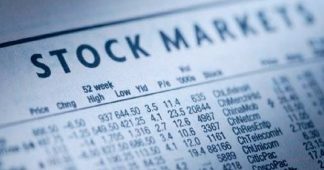March 12, 2020
Stocks continued their plunge on Thursday, as President Trump’s latest effort to address the coronavirus outbreak — a ban on the entry from most European countries to the United States — disappointed investors who have been waiting for Washington to take steps to bolster the economy.
Trading was turbulent, with stocks staging a brief comeback as investors reacted to the Federal Reserve’s decision to offer at least $1.5 trillion worth of loans to banks to help smooth out the functioning of the financial markets. But the selling picked up again by midafternoon.
The S&P 500 closed down about 9.5 percent, its biggest daily drop since the stock market crashed in 1987, on what came to be known as Black Monday. The decline has left stocks in the United States firmly in a bear market — a term that signifies a decline of 20 percent from the most recent highs.
For the Dow Jones industrial average, the drop of 10 percent was also its worst since the 1987 stock market crash.
The travel ban hit shares in Europe particularly hard, with major stock indexes there down more than 10 percent. It also battered airline stocks. And, with oil prices falling, energy companies were among the day’s biggest losers, too.
Read more at https://www.nytimes.com/2020/03/12











